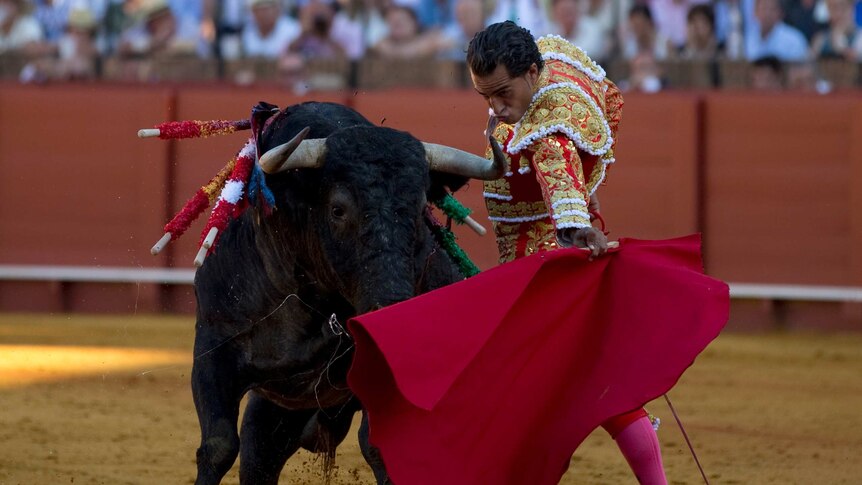In June 2017, the bullfighting world was shaken by the tragic death of renowned Spanish matador Iván Fandiño. The 36-year-old, known for his daring performances, met a fatal end during a corrida in Aire-sur-l’Adour, southwestern France. His death not only marked a significant loss in the bullfighting community but also reignited debates surrounding the ethics and safety of the sport.
The Fatal Incident
During the event, Fandiño’s foot became entangled in his cape, causing him to stumble and fall. Seizing the moment, the bull gored him in the chest, piercing vital organs including his lungs. Despite immediate medical attention and an emergency procedure at the bullring, Fandiño succumbed to his injuries en route to the hospital . His reported final words, “Hurry up, I’m dying,” underscored the severity of his condition .

Career and Legacy
Originating from Orduña in Spain’s Basque Country, Fandiño had a 12-year career as a professional matador. He was celebrated for his bravery, often taking on bulls that others avoided. In 2012, he notably fought six bulls from different breeders in a single event, showcasing his exceptional skill and courage
Public Reaction and Ethical Debates
Fandiño’s death was met with widespread mourning. Spanish Prime Minister Mariano Rajoy and King Felipe VI paid tribute, with the latter referring to Fandiño as a “great bullfighter figure”. However, the incident also intensified discussions about the morality and safety of bullfighting. Animal rights activists highlighted the inherent dangers of the sport for both humans and animals, calling for its reevaluation in modern society.
The Life and Passion of Iván Fandiño
Before his untimely death, Iván Fandiño was celebrated as one of Spain’s most passionate and courageous bullfighters. Born in Orduña, in Spain’s Basque Country, Fandiño defied regional opposition to bullfighting to pursue his lifelong dream. His career was marked by numerous victories in prestigious arenas across Spain, France, and Latin America. Known for his bold style and fearless engagement with the bull, he gained both admiration and criticism for his unapologetic dedication to the tradition.
Fandiño often spoke of bullfighting as more than a performance—it was, for him, a form of art and a way of life. He believed in the matador’s responsibility to maintain the honor and spirit of the centuries-old spectacle. His death, while devastating, was in some ways a reflection of the very risks he embraced with pride.

A Divisive Tradition Under Scrutiny
Following Fandiño’s passing, animal rights activists and cultural commentators intensified calls to ban bullfighting altogether. They argue that no artistic tradition should come at the cost of human or animal life. Meanwhile, traditionalists mourned the loss of a true master of the arena, viewing his death as a tragic yet noble sacrifice for a beloved cultural heritage. The debate continues, reignited by one man’s final, fatal performance.
Conclusion
The untimely demise of Iván Fandiño serves as a poignant reminder of the perils associated with bullfighting. While he is remembered for his valor and contributions to the tradition, his death has prompted renewed scrutiny of the sport’s place in contemporary culture. As debates continue, Fandiño’s legacy endures, symbolizing both the passion and the controversies inherent in the world of bullfighting.

















